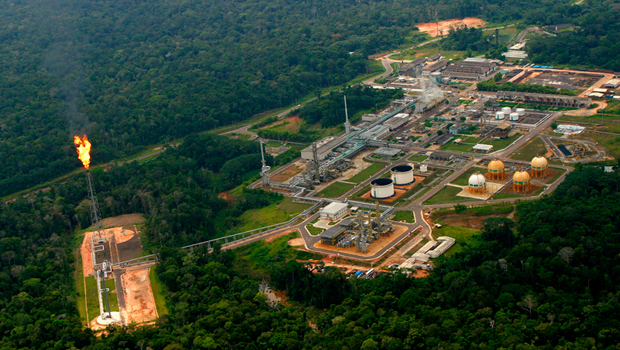Highlights
- The deteriorating situation in Yemen has halted LNG exports from the country
- Algeria's plans to boost its gas-for-power capacity in the coming years are too optimistic
- The UAE faces gas production issues in the medium term
- Turkey's reliance on Russian gas is unlikely to fade despite low spot LNG prices
Economic overview
The geopolitical situation in Yemen has worsened following the military intervention by Saudi Arabia and its allies at the end of March.
The Saudis and their Arab allies are concerned about the growing dominance of the Zaidi Shia Houthi group, which they claim has the backing of Iran. However, they view al-Qaeda in the Arabia Peninsula (AQAP) – one of the most notorious Sunni militant factions in Yemen – as a bigger threat than the Houthis (see Yemen’s investment landscape worsens, March 2015).
Quarterly and annual year-on-year GDP growth rates
| Q3 2014 | Q4 2014 | Q1 2015 | 2015 | 2016 | 2017 | |
| Qatar | 6.0% | 6.7% | *6.5% | *7.1% | *6.5% | *5.6% |
| Egypt | 6.8% | 4.3% | *2.2% | *4.0% | *4.3% | *4.5% |
| Saudi Arabia | 2.4% | 2.0% | *4.6% | *3.0% | *2.7% | *3.1% |
| Nigeria | 6.2% | 5.9% | *7.0% | *4.8% | *5.0% | *5.3% |
| South Africa | 1.6% | 1.3% | *1.4% | *2.0% | *2.1% | *2.4% |
AQAP has a history of attacking Saudi oil installations, and it has recently benefited from the fighting between the Houthis and the Saudi-backed administration of President Abd-Rabuh Mansour Hadi. In April, AQAP attacked a prison in the port city of al-Mukalla – 482 km east of Aden – and freed several hundred inmates.
Consequently, the Saudi-led coalition has blockaded key oil ports in Yemen, while Saudi Arabia and Egypt have sent warships to the strait of Bab al-Mandab – a strategic conduit for Saudi oil exports. In April, Yemen LNG declared force majeure on LNG exports from the plant and stopped production at the facility altogether.
Meanwhile, the civil unrest in Libya remains a threat to its gas production and exports. The country has two governments – the internationally recognised administration in the eastern town of Baida and an unofficial one in Tripoli.
Oil and gas production from several key fields in Libya, such as El Feel in the country’s southwest and Abu Attifel in the east, have been affected by the unrest. Libya also transports gas to Italy via the GreenStream pipeline, which sources its supply from the offshore Bahr Essalam field and the onshore Wafa field in western Libya. While output from the former has remained unaffected by the conflict so far, the latter was shut between March and May last year.
GreenStream’s gas exports fell by 11.4% year on year – to 1.76 billion cubic metres – in Q1 2015. GGA expects it will fall by 6% on an annual basis in 2015 – to 6.1 bcm.
Log in to continue reading...
To continue reading this article, you must have an active subscription. By logging in or signing up for a free trial, you are agreeing to our terms and conditions, privacy policy and cookie policy.


